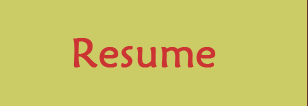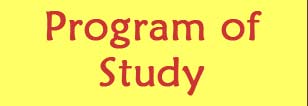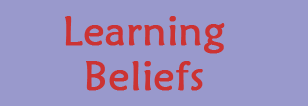Learning Belief 2:
I believe the teacher’s role in learning with technology is a facilitator/guide.
Bruner wrote, “To instruct someone... is not a matter of getting him to commit results to mind. Rather, it is to teach him to participate in the process that makes possible the establishment of knowledge. We teach a subject not to produce little living libraries on that subject, but rather to get a student to think mathematically for himself, to consider matters as an historian does, to take part in the process of knowledge-getting. Knowing is a process not a product. ‘’ (Smith, 2002)
In my concept map I have defined the actions of a facilitator/guide as:
- planning for meaningful learning
- organizing the learning environment
- modeling processes
- monitoring student work and progress
- creating authentic assessment
In Using Technology with Classroom Instruction that Works, Pitler, et al, cites Russell and Sorge's conclusion that "integrating technology into instruction tends to move classrooms from teacher-dominated environments to ones that are more student-centered" (p. 3). In Meaningful Learning With Technology while discussing the implications for teachers of technology integration, Jonassen, et al, (p. 242) maintains that teachers’ roles change from dispensing knowledge to coaching.
As I have developed lessons integrating technology, I have endeavored to include as many of the five characteristics of meaningful learning as possible. My Technology Integration Learning Plan and my Learning with the Internet Project are examples of my efforts to act as a facilitator/guide by planning for meaningful learning. Successful implementation of the projects required much organization in order to maximize the use of student time and insure each student received timely guidance and feedback. During the implementation phase of projects, I am busy modeling processes, monitoring student understanding, and giving guidance as needed. As lessons progress and I observe my students’ work and progress I frequently adapt the instruction to meet a student need by supporting or challenging their thinking processes. I consistently model thinking processes and check for understanding and comprehension while monitoring progress. I have created authentic assessment in the form of rubrics, retellings (assessment for my TILP) , oral interviews, projects, a WebQuest, and teacher observation. I believe these activities to be my role as a teacher -- to work alongside my students, guiding and facilitating their learning. My goal is to teach students how to think for themselves and how to learn and solve problems.
My WebQuest, Somebody and the Three Somethings, is a fine example of an authentic performance assessment that shows how I fulfill my role as a facilitator/guide. By creating the WebQuest with the characteristics of a true WebQuest that requires students to build on their knowledge and do something with their new knowledge, I demonstrated my ability to plan for meaningful learning which is part of the role of a facilitator. I also organized materials and time and put into place a plan for monitoring student progress in the form of meetings with students periodically during their work process. The meetings are designed to allow me to check progress, assess student needs, and support student thinking or provide additional challenge if needed. Finally, my WebQuest includes a rubric I created to assess student process and product. As you can see from my examples, I am working to fulfill the role of a facilitator/guide to promote meaningful learning opportunities for my students.
| Belief 1 | Belief 2 | Belief 3 | Belief 4 | References |






